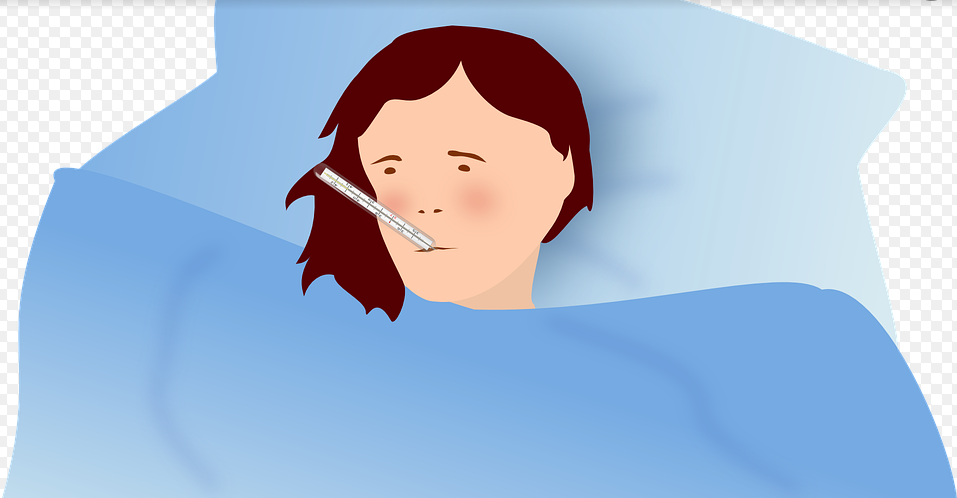
Why awkward moments make us grind our teeth in despair and how we can train ourselves to embrace the cringe.
Why do we do a double-take when we hear our voice on a recording? It’s because our voice sounds lower to us as it reverberates through the skull. The bystander, on the other hand, hears an unmitigated, and therefore higher, version of our voice. We literally sound different to others than we do in our own heads.
In Cringeworthy: A Theory of Awkwardness, author Melissa Dahl, co-founder of NYMag.com’s social science site Science of Us, explores the origin of why we cringe, and how we can train ourselves to break free from anxiety caused by awkwardness.
In this video for Bigthink, Dahl draws a link back to 1960s research where people received electric shocks — the study concluded that participants preferred knowing when they would receive a shock instead of not knowing.
The shock study, the recording example — both get at a central part of Dahl’s cringe theory: first, we like predictability, and second, it causes great discomfort when we come across as something other than we think we are.
Dahl calls this “the irreconcilable gap” — a term coined by psychologist Philippe Rochat at Emory University. She explains:
“What makes us cringe is when the ‘you’ you think you’re presenting to the world clashes with the ‘you’ the world is actually seeing, and that makes us uncomfortable because we like to think that we’re coming off in a certain way.”
Dahl explores three ways to shift your relationship to cringe:
1) turn cringeworthy feedback into useful field notes — you wanted a promotion, but things didn’t go your way. You insulted a friend but didn’t mean to. You could brush off these encounters as the other person totally misreading you, or you could glean something from their perception of you (without having to fully buy into it). Dahl explains: “I’ve figured out how to deal with this emotion a little better is to start thinking of it as useful information like, “maybe this is a way to start tiptoeing towards becoming this person that I see myself as, this person that I wish I was.” To read more from Stephany Tlalka, click here.









